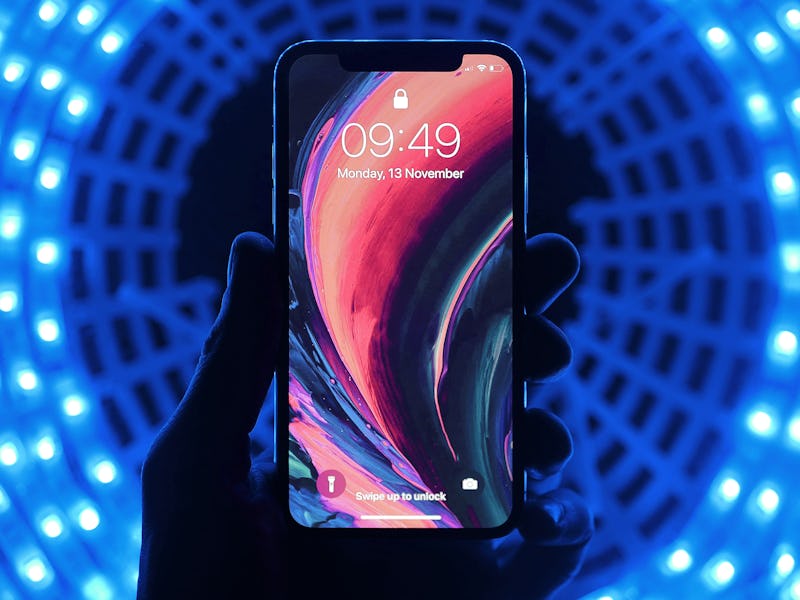How Apple’s Secret MicroLED Work Will Transform Future iPhones
The company has been working in secret.

Apple is working on a display technology that could make your devices thinner, with longer battery life and brighter output. A new report on Sunday revealed the company has a secret manufacturing facility in California, where’s it’s exploring the use of MicroLED for its first self-manufactured screens.
The Bloomberg report claims Apple is pushing ahead with plans to develop a small number of screens for internal tests after making enough progress to suggest the displays could reach the market in the next few years. It’s not the first time Apple has been rumored as exploring the tech — the company acquired MicroLED specialist LuxVue in 2014 — but the project now appears to be showing promising progress.
MicroLED offers many of the same benefits as OLED, the display technology that offers incredible contrast ratios on the $999 iPhone X that launched in November. Each pixel can produce its own light, negating the need for a separate backlight while also enabling the screen to shut off pixels to display truly deep blacks. Apple currently uses OLED in a small handful of its products, with most of its product line using the older LED backlighting technology.
There’s a few changes over OLED, though. MicroLED uses gallium nitride, instead of the organic materials used in the former tech. These organic materials tend to age and leave uneven results, sometimes creating burn-in. MicroLED also offers lower power demands than OLED. With a more flexible material, MicroLED allows for a broader range of possibilities.
The technology offers some fantastic potential for future creations. Here’s “The Wall,” a MicroLED television demonstrated at the 2018 Consumer Electronics Show in Las Vegas set to go on sale in August. The 146-inch 8K screen is a modular, bezel-less display that can transform to different sizes:
Samsung's "The Wall."
Apple already has 300 engineers working at the 6,200-square-foot facility on what is known internally as project “T159.” Beyond technological benefits, the change would help the company move away from depending on the likes of LG and Samsung to manufacture screens.
Similar to how OLED first debuted on an Apple product with the Apple Watch in 2014, the company plans to debut MicroLED on the smartwatch first before expanding out later. The company has successfully produced a two-inch MicroLED-powered watch screen, meaning a wider launch could come in the next couple of years.
Before then, Apple’s plans to bring OLED to a broader range of devices could help bring some of the benefits of MicroLED to more customers. The company plans to launch three new iPhones this year. With iOS 12 in the works, it’s looking to be a packed year.